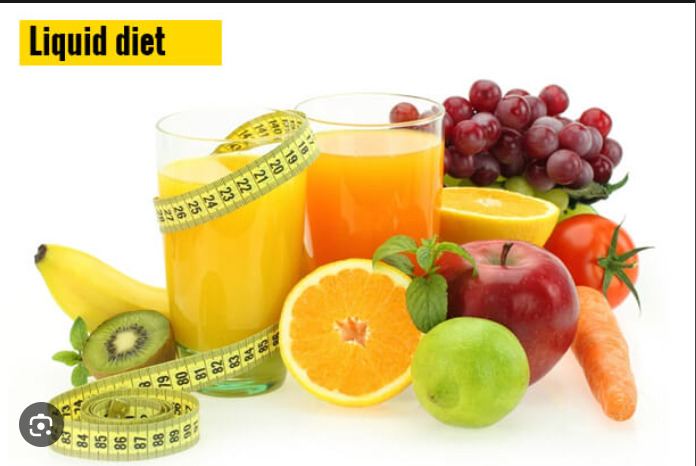Can you lose weight on a liquid diet? Are liquid diets healthy? Learn all about clear and full liquid diets.
When we think of a diet, we usually think of food. But not all liquid diets feature strictly solid food. In some specific instances, a liquid diet—made up of fluids and foods that are normally liquid—might be a useful way of approaching nutrition.

Also read-Calorie Counting: Calorie Counting Promises , Pitfalls ,Potential And Benefits
There are different types of liquid diets, and in some circumstances, you may be asked by your health care provider to follow one for a brief period of time. Read on to learn about the different types of liquid diets, what foods are allowed, when they may be medically necessary, and whether they’re a good idea for weight loss.
What is a liquid diet?
A liquid diet, as its name indicates, provides all of your calories, vitamins, and nutrients in liquid form. There are variations on this theme: clear liquids only, smoothies, power shakes, and fruit juice cleanses. But all of them have one thing in common: Most nutrition experts warn against trying them for more than a few days.

According to Colette Micko, a registered dietitian nutritionist at Providence Little Company of Mary Medical Center Torrance in Torrance, California, “liquid diets are often prescribed by doctors for a variety of reasons.”
Types of liquid diets
There are four main types of liquid diets:
- Clear liquid diet.
- Full liquid diet.
- Meal replacement liquid diet.
- Detox/cleansing liquid diet
A clear liquid diet
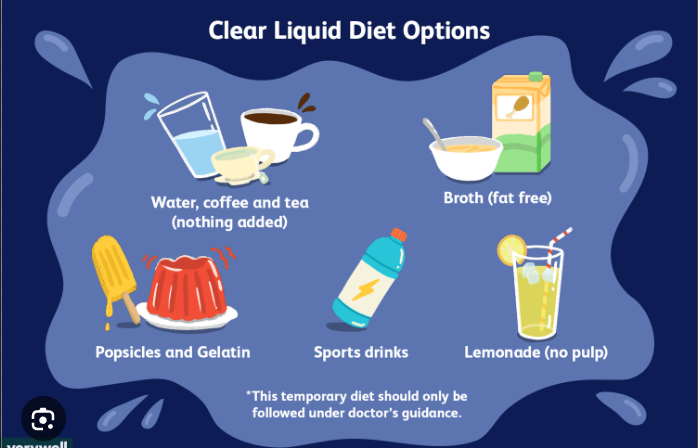
A clear liquid diet is the most restrictive and allows only clear fluids. A clear liquid diet is generally only recommended before specific medical procedures. This can include:
- Getting ready for a diagnostic or screening procedure, such as a colonoscopy
Full-liquid diet
On the other hand, a full-liquid diet is a little more substantial and consists of all items that are liquid or that will melt after consumption. Chewing is not necessary when following a fully liquid diet. Additionally, because they put less strain on your digestive system, the goal is to support the repair of your whole digestive tract, from your mouth to your colon. Liquid diets can relieve your digestive system of the burden of processing foods that may be more difficult to digest since they contain little to no fiber.
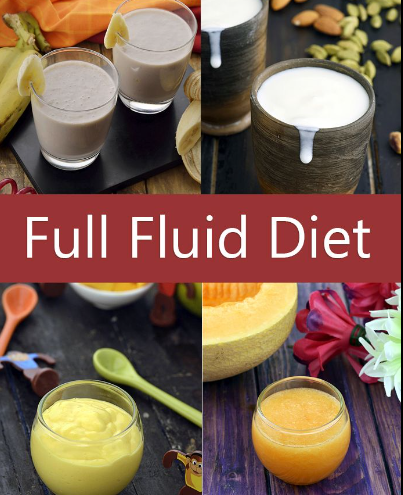
These explanations could be:
- After dental surgery or when swallowing or chewing is challenging,
- Alleviating gastrointestinal problems brought on by specific illnesses, such as Crohn’s disease
- Recuperation following gastrointestinal or bariatric surgery
- Taking a bowel rest.
- Recovering from specific illnesses, such as pancreatitis.
Do liquid diets work for weight loss?
Well, to put it briefly, yes.
According to McWhorter, “you will lose weight because it is restrictive (of calories).”
Generally speaking, losing weight is just simple math: eat less than you burn off. This is why a low-calorie, restrictive diet like this one will be effective in the short term.

However, there is a catch to that:
Is it going to last? Definitely not. Is that good? Without a doubt not, says McWhorter. He’s not the only one who thinks that way.
“A liquid diet is not a sustainable way to lose weight,” says Kristen Smith, a registered dietitian, author of a blog advocating healthy eating, and the coordinator for bariatric surgery at Piedmont Healthcare in Atlanta.
Cooper agrees. Liquid diets can induce rapid and significant weight loss and must be managed by a health care provider, she says. “Long-term weight loss maintenance is dependent upon behavior change when returning to a whole-food diet.”
Your dietitian or other health care provider can help you figure out your specific nutritional needs.
Are liquid diets healthy?
Depending on what’s in it, why you’re using it, and if it meets your nutritional needs, a liquid diet may or may not be healthy. A lot of trendy liquid diets could be costly and even harmful if followed for an extended period of time.
“Most liquid diets claiming to cleanse or detox the body have no clinical research to support their claims,” says Micko. “Our skin, gastrointestinal system, liver, and kidneys are natural body cleaners. Toxins can be eliminated from our bodies by perspiration, urine, and bowel movements.”
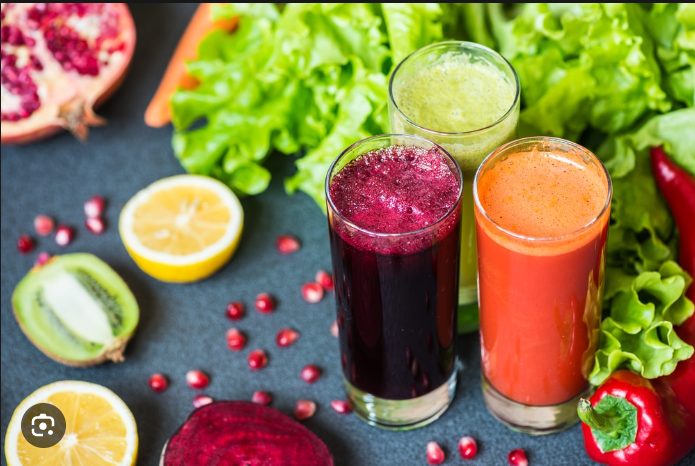
Therefore, if you’re considering switching to a liquid diet because you feel like you need to “detox,” pass on it and look for other, more tried-and-true ways to use nutrition to improve your health. For a number of years running, U.S. News & World Report’s Best Diets list has ranked the Mediterranean diet as the best diet. This diet has a stronger health case than many liquid meal plans.
However, in certain cases, a liquid diet may be a wise choice for some people; in those cases, you should concentrate on obtaining the necessary nutrients.
Liquid Diet Foods: What You Can and Can’t Eat
Clear liquid diet foods
A clear liquid diet is often needed the day before certain tests, procedures, or surgeries, like a colonoscopy, which require the stomach or intestines to be empty of food. A clear liquid diet may also be recommended in the short term to help relieve digestive problems such as nausea, vomiting, or diarrhea, or after certain types of surgery, including bariatric surgery.
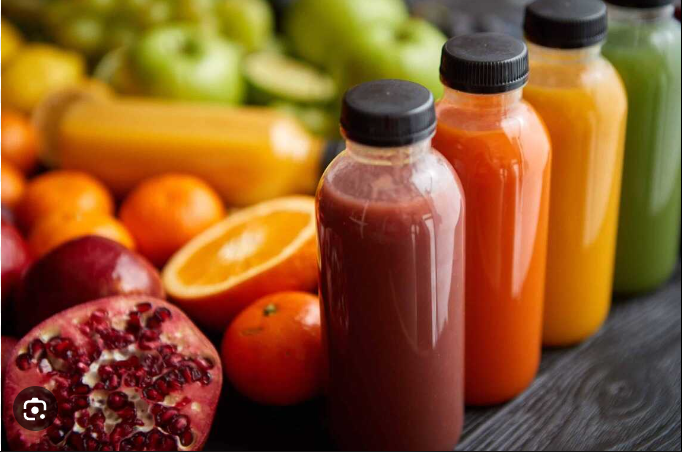
Clear liquids are easily digested and leave no undigested waste products in your intestinal tract. A clear liquid diet includes thin, see-through liquids, such as:
- Water.
- Tea or coffee without milk or cream
- Clear broth.
- Clear juices that contain no pulp, such as apple juice,
- Clear carbonated drinks or sodas, such as Sprite and ginger ale,
- Sports drinks, but not red ones.
- Popsicles that contain no milk, nuts, seeds, or fruit chunks
- Plain gelatin.
Because they contain so few calories and can’t provide adequate nutrients to sustain your body for long, they’re usually only intended for a couple of days at a stretch.
Full-liquid diet foods
Liquid diets for weight loss go beyond clear liquids and allow foods that are liquified or will melt while being eaten (think ice cream). They include:
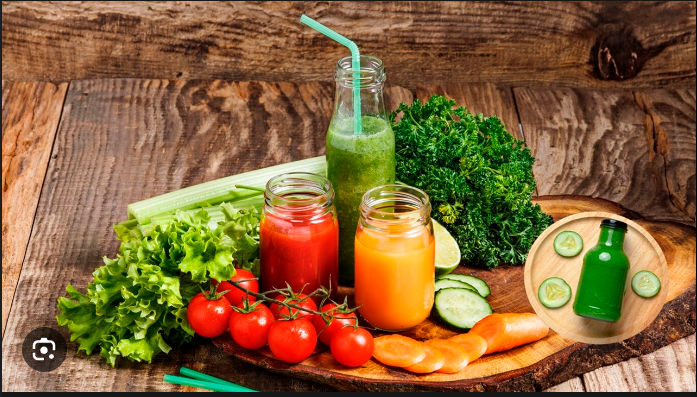
- Milk, including milk made from plants,
- Other dairy products include butter, yogurt, and ice cream.
- Strained or pureed soups and whole foods like apple sauce and mashed potatoes
- Fruit and vegetable juices
- Gelatin, pudding, custard, and other similar gelatinous desserts
- Broth.
- Coffee and tea.
- Popsicles and other juice-based frozen treats
- Cooked cereals such as oatmeal or grits that have been blended and thinned with water or milk.
- Nut butters.
- Shakes and smoothies are often boosted with nutritional supplements.

A full liquid diet may sometimes include pureed whole foods, such as fruits, vegetables, and even meats—think baby food consistency. Such items may be added in after you’ve been on a liquid diet for a while to help transition back to eating whole foods.
“There are liquid, or better to call them meal replacement, shakes that can be utilized to create an effective weight loss approach,” says Elizabeth DeRobertis, a registered dietitian and certified diabetes educator with Scarsdale Medical Group, an affiliate of White Plains Hospital in New York. These liquid meal replacements should contain adequate amounts of protein, macronutrients, and micronutrients. And it should have enough calories to meet the body’s needs
Bottom Line

See your doctor if you choose to go longer than a few days on a liquid diet. Even better, according to McWhorter, just pay closer attention to what you’re eating. Examine more wholesome choices such as the Blue Zone and Mediterranean diet plans, which promote “enjoying foods,” according to him. It’s a lifestyle, not just a means to lose ten or fifteen pounds before the end of the year. It’s not drudgery. This is what we refer to as “small nudges,” not drastic dietary adjustments.
That is the path to sustainable, healthy, and yes, pleasurable weight loss.
Also read-Yoga: The Ultimate Guide To Yoga For Boosting Immunity
Disclaimer: The opinions and suggestions expressed in this article are solely those of the individual analysts. These are not the opinions of HNN. For more, please consult with your doctor.
images source-google







